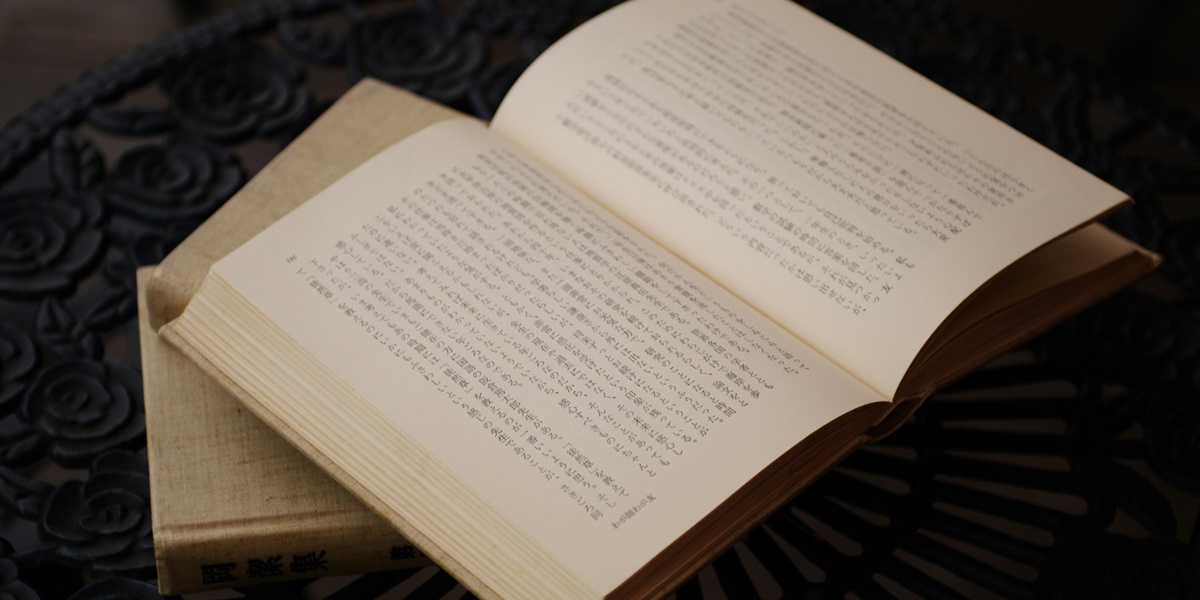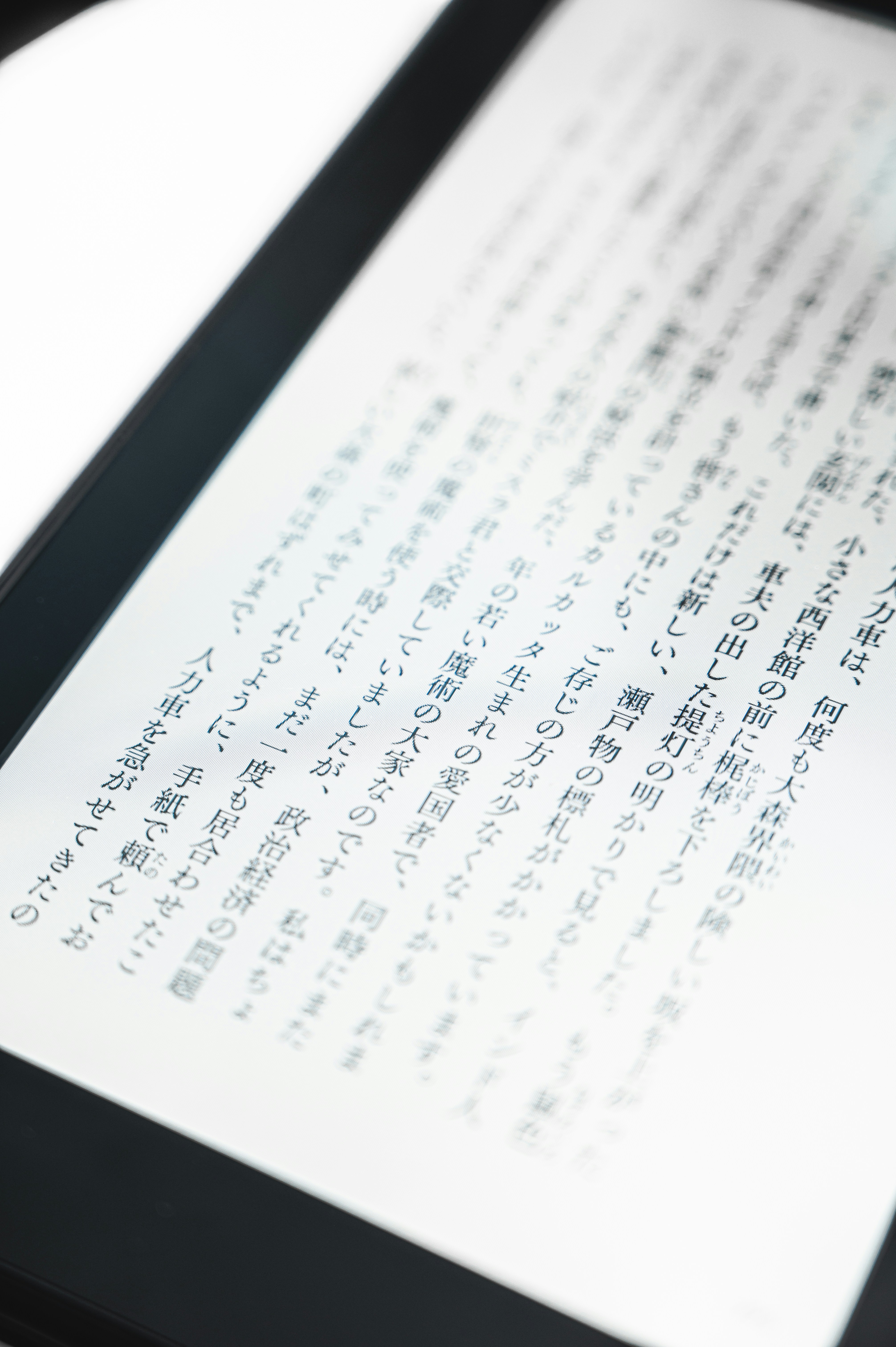22 Meaningful Birthday Greetings in Japanese - Touching the Heart
Cool Japanese words are also suitable to be used as quotes on birthdays. Interested in writing birthday greetings in Japanese? If yes, just take a look at the following list:

Kapanlagi.com - Japanese Language has become one of the most popular foreign languages in the world today. The reasons for learning Japanese vary, from interest in Japanese popular culture such as anime and manga, to expanding career opportunities in its advanced industry. In the early stages of learning Japanese, the introduction of Katakana letters is important.
As known, the Japanese language has different characters from the English alphabet, Indonesian language, or any other language. In fact, the Japanese language has 3 types of characters used in daily usage. Among these three characters, Katakana in the Japanese language is one of the important ones. What are they?
Instead of being curious, to find out what Katakana letters in the Japanese language are, let's directly refer to the following explanation:

Getting to Know Katakana Letters (credit: unsplash)
As mentioned earlier, Katakana is one of the forms of characters or letters used in the Japanese written language. Katakana is a syllabic alphabet, so each character represents the sound of one word. However, Katakana has relatively constant sounds, making it easy to memorize and learn.
Phonetically, Katakana has the same sounds as Hiragana characters. Katakana consists of 46 letter characters, each of which has the following sounds:
(a), (i), (u), (e), (o), (ka), (ki), (ku), (ke), (ko), (sa), (shi), (su), (se), (so)
(ta), (chi), (tsu), (te), (to), (na), (ni), (nu), (ne), (no), (ha), (hi), (fu),
(he), (ho), (ma), (mi), (mu), (me), (mo), (ya), (yu), (yo), (ra), (ri), (ru),
(re), (ro), (wa), (wo), (n).
For the form or appearance of each Katakana character, you can refer to the image above.

The Use of Katakana Letters (credit: unsplash)
Katakana, hiragana, and kanji not only differ in their appearance. Katakana letters also have different uses compared to hiragana and kanji letters. Here are some uses of katakana letters in the Japanese language:
1. To Write Loanwords
One of the main uses of katakana letters is to write foreign words or loanwords from other languages into Japanese. Since the Japanese language has a different phonetic system, foreign words must be written in katakana letters in order to be pronounced according to the sound rules in the Japanese language.
Example: the word "kohi" (coffee) originated from English and is written using katakana letters.
2. To Write Foreign Names and Places Outside of Japan
When writing the names of people or places that originate from outside of Japan, katakana letters are also used. This helps distinguish foreign names from Japanese names, which are commonly written using kanji letters or a combination of hiragana and kanji letters.
Example: the name "Taylor" would be written as teira (using katakana letters).
3. To Represent Special Sounds or Pronunciations in Text
Katakana letters are also used to depict special or strong sounds in the Japanese language. For example, in onomatopoeia, words that describe certain sounds, katakana letters are often used to represent them.
Example: the word gorogoro (written in katakana) is used to describe the sound of rumbling.
4. To Emphasize
Katakana letters are also used to emphasize or highlight certain words or phrases in text or conversation. This helps convey emotions or emphasize important words in a sentence.
Example: the word sugoi! (written in katakana) is used to express admiration or astonishment.
5. To Write Trademarks
Katakana letters are often used to write foreign or modern brands and trademarks. This gives them a unique appearance and can be easily recognized by Japanese people.
Example: the brand Koka Kora or Coca-Cola is written using katakana letters.

Getting to Know Hiragana and Kanji (credit: unsplash)
In addition to katakana letters, the Japanese language also uses hiragana letters and kanji characters for their respective purposes. At a glance, here is an explanation of the uses of hiragana letters and kanji:
1. Hiragana
Hiragana is used in the Japanese language to write native Japanese words and grammatical particles. Hiragana letters also have relatively easy pronunciation and consist of basic forms of syllables. The main function of hiragana is to assist in reading and writing Japanese words correctly.
Example: the native Japanese word "tabemasu" (to eat) is written using hiragana letters.
2. Kanji
Kanji is a pictographic script adopted from the Chinese language and has thousands of characters. Kanji represents specific ideas and meanings and is often used to write nouns, people's names, place names, as well as words with abstract and complex meanings. Kanji characters are also used in writing sentences alongside hiragana and katakana letters.
Example: the word "nihon" (Japan) is written using Kanji characters.
Those are some explanations about the katakana letters in the Japanese language and their functions. Hopefully, it is useful and can broaden your knowledge!
(kpl/psp)
Cobain For You Page (FYP) Yang kamu suka ada di sini,
lihat isinya
Cool Japanese words are also suitable to be used as quotes on birthdays. Interested in writing birthday greetings in Japanese? If yes, just take a look at the following list:
There are several words in the Japanese language that can be used to describe delicious food. Here are some examples:
Here is the synopsis of anime KOMI CAN'T COMMUNICATE season 1 and 2 that you can read before watching the anime.
For those of you who want to watch the anime KURO NO SHOUKANSHI. Here is the complete synopsis of the anime KURO NO SHOUKANSHI along with the list of its cast.
The perfect combination of humor, silly events, and situational comedy makes these Korean comedy films too good to miss. Check out the recommendations, KLovers.
From classic fairy tales to ancient legends, cultural heritage and mythology are often told in Disney films. Here is a list of Disney films containing cultural and mythological elements that are exciting to watch.
Through complex storylines and charming characters, viewers can witness Chinese dramas that recommend rekindled love. Here are the recommendations KLovers.
From unexpected encounters to fighting together against obstacles, here are Disney film recommendations about friendship.
There are several exciting and heartwarming Indonesian films released in March, April, and even May 2024. Check out the recommendations here, KLovers.
In the world of anime, there are various powers typically displayed by characters, one of which is archery. And here is a list of cool and amazing anime characters with archery powers.
In the world of anime, the existence of knights is often a key element in the story. And here are some exciting anime recommendations about knights for you to follow.
The anime world has a variety of characters with extraordinary powers, such as some of the strongest anime characters on earth listed below.